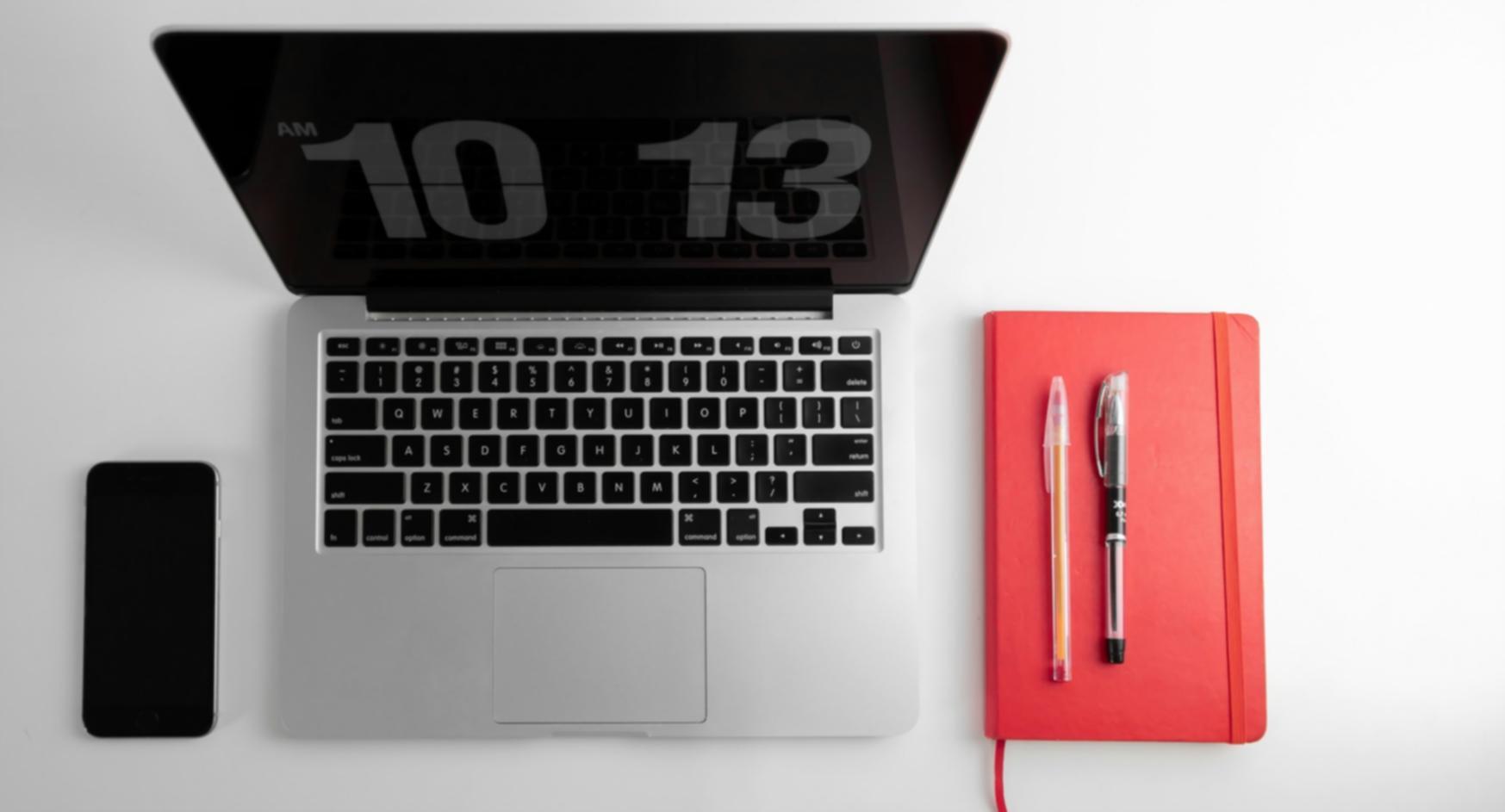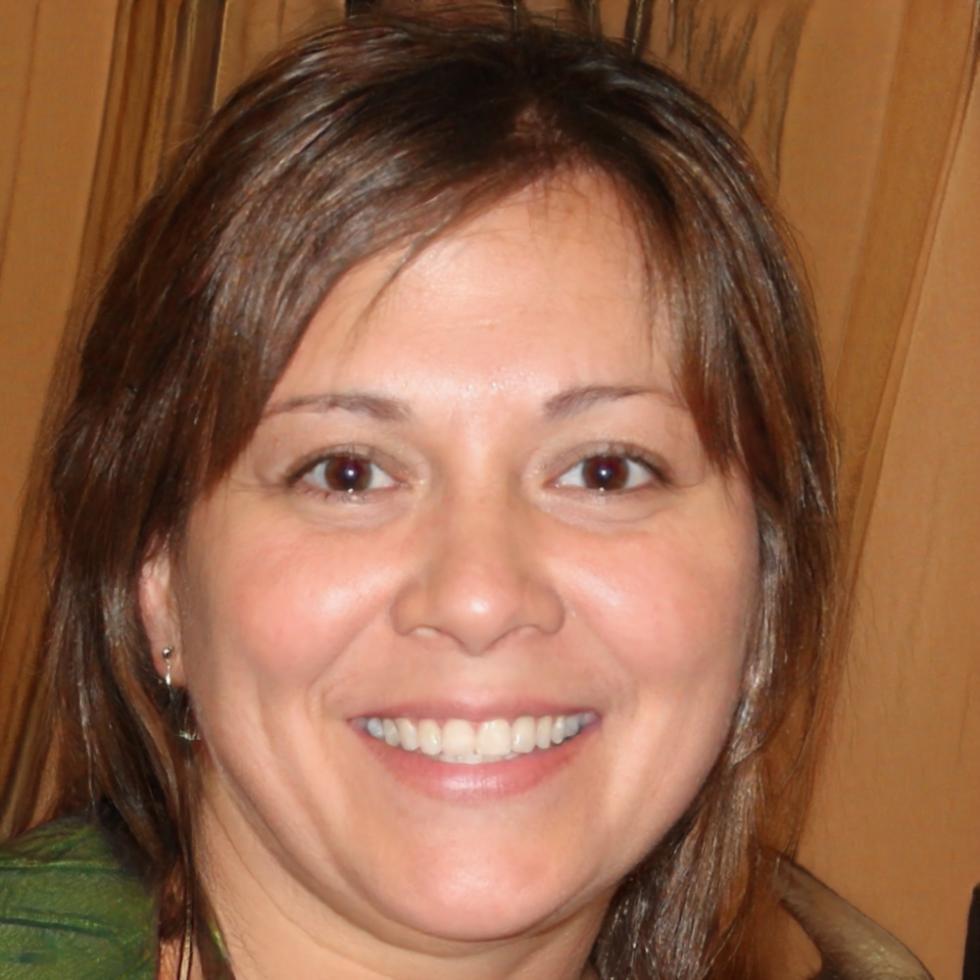Build Real Financial Confidence Starting September 2025
Budget education for people who want practical skills, not theory. Learn to manage money in ways that actually work for Australian households and families.
View Full Program
Common Money Problems and How to Fix Them
Real challenges people face when managing household budgets, paired with approaches that have helped our past students
Running Out Before Payday
You budgeted at the start of the month, but somewhere around week three, the account's empty and you're back to the credit card.
We teach buffer building and expense categorization that catches those hidden costs. Students track for two weeks first, then build flexible categories that actually reflect how they spend.
Emergency Fund Stays Empty
You know you need savings for unexpected repairs or medical costs, but every month something comes up and that savings account never grows.
Our program covers automatic transfer timing and incremental saving strategies. Start with $20 per pay, set it to transfer the day after payday. The account grows without you thinking about it.
Bills Pile Up Unexpectedly
Annual insurance, rego, school fees. They shouldn't be surprises, but they always feel like emergencies when they hit.
Learn yearly expense mapping and monthly bill smoothing. Calculate annual costs, divide by 12, set aside that amount each month. When the bill arrives, the money's already there.
Partner Disagreements About Spending
One person wants to save, the other thinks the budget's too restrictive. Money becomes a source of tension instead of teamwork.
We cover joint budgeting frameworks and individual spending allowances. Both partners get visibility and autonomy. The system works because everyone has input and personal space.
Self-Study vs Guided Budget Education
Understanding the difference between learning alone with free resources and joining a structured program with support
| Aspect | Self-Study Approach | Structured Program |
|---|---|---|
| Learning Timeline | 6-12 months of trial and error | 12 weeks with clear progression |
| Cost Structure | Free resources but time-intensive | Upfront program fee with templates |
| Personalization | Generic advice for broad audiences | Adapted to Australian tax and benefits |
| Accountability | Relies entirely on self-discipline | Weekly check-ins and peer groups |
| Question Support | Google searches and forum guessing | Direct access to financial educators |
| Tool Access | Build spreadsheets from scratch | Pre-built trackers and calculators |
| Success Rate | Many abandon within 8 weeks | Higher completion with group support |
Who Teaches This Program
Meet the educators who've helped hundreds of Australians develop budgeting skills that stick beyond the classroom

Ewan Thorburn
Budget Systems Designer
Spent 11 years helping families restructure finances after job loss or medical debt. Builds practical systems that work for shift workers, casual employees, and irregular income households.

Rhiannon Vestergaard
Financial Literacy Educator
Former bank lending officer who switched to education after seeing too many people struggle with basics. Specializes in teaching expense tracking and savings automation to first-time budgeters.
How the Learning Process Actually Works
Three clear phases that take you from confusion about money to confidence managing household finances

Foundation Month
Track every dollar for four weeks without changing behavior. Most people discover they're spending differently than they thought. Build your first realistic budget based on actual patterns.

System Building
Set up accounts, automate bill payments, create buffer zones for variable expenses. Learn to adjust when life throws surprises. This is where most students see their first month without overdraft fees.

Long-Term Planning
Map out yearly expenses, build proper emergency funds, start planning for bigger goals. The focus shifts from surviving each month to building actual financial breathing room.
Autumn 2025 Program Opens June
Our next 12-week budget education program begins September 8, 2025. Limited to 30 students so everyone gets individual attention during group sessions. Registration opens mid-June.